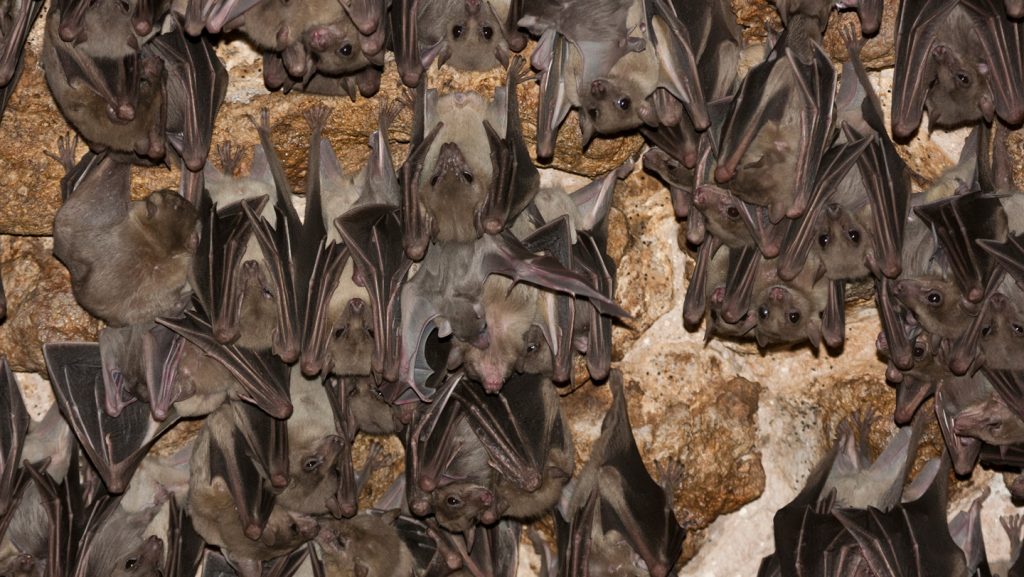The Complex Relationship Between Bats and Viruses: More Nuanced Than We Thought
In the popular imagination, bats have gained a reputation as extraordinary creatures capable of harboring deadly viruses without falling ill themselves. From Ebola and Nipah to various coronaviruses including relatives of SARS-CoV-2, bats have been linked to numerous pathogens that can devastate human populations. But new research suggests that the reality of bats’ relationship with viruses is far more complex and nuanced than previously believed.
According to a comprehensive analysis recently published on bioRxiv, bats don’t possess a universal immunity to viral infections. The study reveals that various bat species can actually become severely ill when infected with certain viruses, including some that rarely affect humans. This finding challenges the widely held belief that bats have some sort of superpower that allows them to resist viral illness. In fact, researchers discovered that bats appear to be roughly on par with rodents – another well-known carrier of human pathogens – in their ability to tolerate viral infections.
Maxwell Farrell, a biologist at the University of Glasgow in Scotland, noted that claims about bats’ special resistance to viral illness often appear in scientific literature without proper citation. This observation prompted Farrell and his colleagues to conduct a thorough investigation, examining over 100 studies published between 1936 and 2022. Their dataset included experimental infections of more than 5,600 bats and rodents with 54 different viruses. Through statistical analysis, they found no significant difference in disease severity or mortality between bats and rodents when infected with various viruses. For example, while Egyptian fruit bats (Rousettus aegyptiacus) showed resistance to Marburg virus – which they naturally carry – other bat species succumbed to infections like West Nile virus. This suggests that bats may have developed special tolerance only for viruses with which they share long evolutionary relationships.
Despite these limitations to bat immunity, the research opens exciting possibilities for medical science. Farrell believes that studying the mechanisms by which bats tolerate specific viruses could inspire new antiviral treatments for humans. “Even understanding how bats resist a narrow set of viruses could lead to extremely useful therapeutics for viruses that we might be worried about emerging in the future,” he explains. This approach aligns with current research practices, according to Arinjay Banerjee, a virologist at the University of Saskatchewan who wasn’t involved in the study. Banerjee confirms that scientists typically focus on specific viruses in the bat species that naturally carry them, rather than assuming bats have blanket immunity to all pathogens.
One significant challenge in studying viral illness in bats is the inability to assess subjective symptoms. Unlike humans who can report feelings of malaise or discomfort, bats cannot communicate their experiences. “It’s not going to be able to tell us that ‘Oh, I just feel this general malaise. I don’t want to get out of bed or I don’t want to fly today,'” Banerjee points out. This limitation makes it difficult to establish comprehensive criteria for defining illness in bats for many pathogens.
The study also acknowledges its own limitations, being restricted to previously conducted research. Not all viruses have been tested in bats or rodents, and biosafety concerns often prevent experimental infections with potentially deadly pathogens. “We may never get a perfect picture,” Farrell admits. However, expanding research to include a wider variety of viruses and animal hosts could reveal diverse mechanisms of viral tolerance that exist throughout the animal kingdom.
As we continue to face the threat of emerging infectious diseases, this research reminds us that nature’s relationships with pathogens are rarely simple. By approaching the study of bats and their viruses with nuance rather than oversimplification, scientists may discover valuable insights that could one day help protect human health. The humble bat, it seems, still has much to teach us – not as a mysteriously immune creature, but as a complex organism with specialized adaptations to specific viral threats that have evolved over millions of years.















